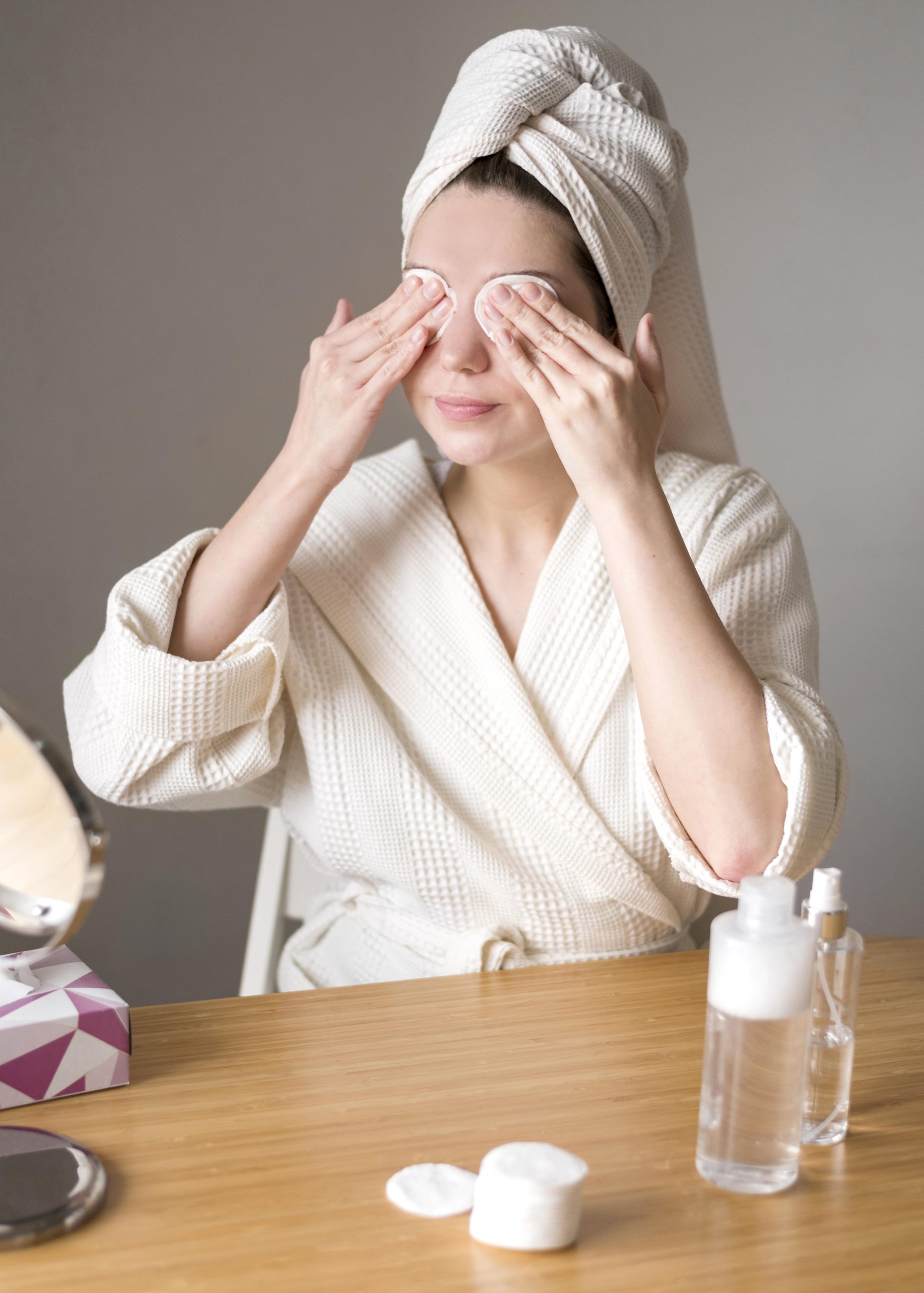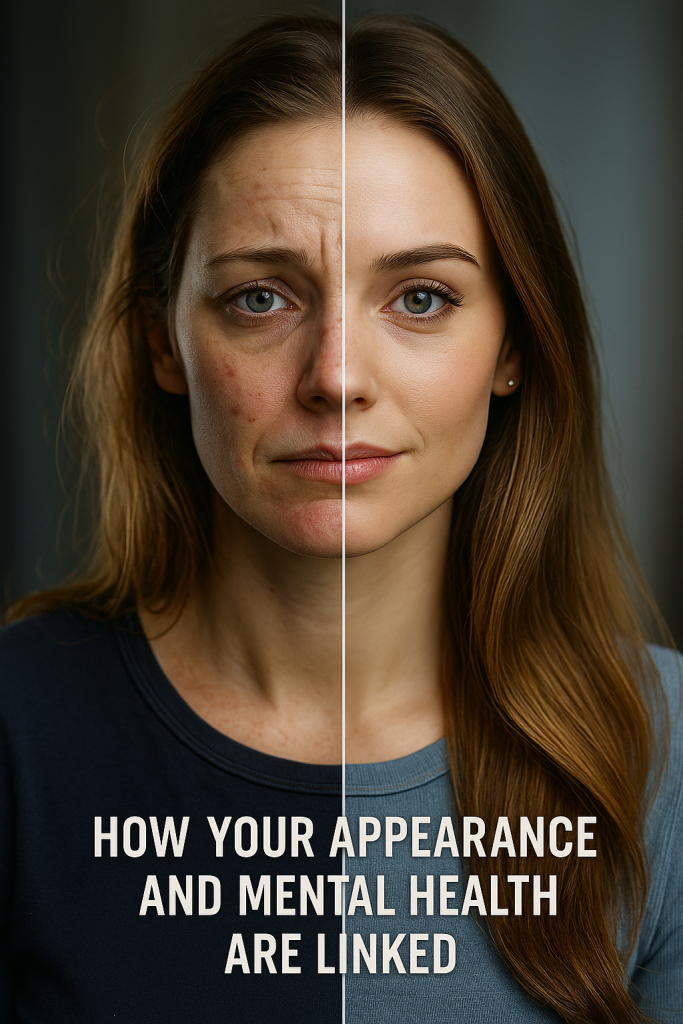Tired of dealing with uncomfortable and unsightly styes? Look no further! We’ll explore effective home remedies to help you quickly and naturally get rid of these painful, red bumps. From using warm compresses to promoting drainage through gentle massage, we’ll provide you with a comprehensive guide on how to treat and prevent styes. Plus, we’ll address common questions, discuss medical treatments, and emphasize the importance of routine eye exams. Say goodbye to styes and hello to clear, healthy eyes with these affordable remedies!
Warm Compress
To relieve the discomfort of a stye, you can use a warm compress. Applying a warm compress to the affected area can provide several benefits for stye treatment. Firstly, the warmth helps to increase blood circulation, which promotes healing and reduces inflammation. This can help the stye to resolve more quickly. Additionally, the warmth can help to soften the pus and oil trapped inside the stye, making it easier for the stye to drain and heal.
It is important to properly clean and maintain eyelid hygiene when using a warm compress for styes. Before applying the warm compress, it is recommended to clean the eyelids with mild soap and water or a saline solution. This helps to remove any debris or bacteria that may contribute to the development or worsening of the stye. Maintaining good eyelid hygiene is crucial in preventing the recurrence of styes.
Using a warm compress is an alternative to over-the-counter medications for stye treatment. While there are OTC medications available, such as antibiotic ointments, they may not be necessary for every stye. A warm compress can effectively alleviate the discomfort and promote healing without the need for medication.
When using a warm compress for stye treatment, it is important to avoid wearing makeup. Makeup can clog the oil glands on the eyelids, increasing the risk of developing a stye. Additionally, wearing contact lenses during stye treatment should be avoided. Contact lenses can further irritate the eyes and hinder the healing process.
Eyelid Hygiene
Clean your eyelids regularly to maintain good eyelid hygiene and prevent the development or recurrence of styes. Proper cleaning techniques can help remove dirt, debris, and excess oil from your eyelids, reducing the risk of clogged oil glands and bacterial infections. Here are some prevention tips and common misconceptions to keep in mind:
- Use a mild, non-irritating cleanser or baby shampoo mixed with warm water to clean your eyelids. Avoid using harsh soaps or solutions that can cause irritation.
- Gently scrub your eyelids with a clean cotton swab or a soft washcloth. Be careful not to rub too hard, as this can further irritate the area.
- Avoid the misconception that styes are caused by poor hygiene. Styes are typically caused by a bacterial infection or blockage of the oil glands, not by dirty eyelids.
While proper eyelid hygiene is important, natural remedies alone may not be sufficient to treat styes. If a stye persists or becomes more painful, medical interventions may be necessary. These can include antibiotics to treat the infection, incision and drainage to remove the pus, or steroid injections to reduce inflammation. It’s important to consult a healthcare professional for proper diagnosis and treatment options.
OTC Medications
You can use over-the-counter medications to help alleviate the symptoms of a stye. OTC medications are readily available and can provide relief from pain and inflammation. However, it’s important to understand the side effects and effectiveness of these medications before using them.
Some common OTC medications for stye treatment include pain relievers such as ibuprofen or acetaminophen. These medications can help reduce pain and discomfort associated with a stye. However, it’s important to follow the recommended dosage and consult a healthcare professional if you have any underlying health conditions or are taking other medications.
While OTC medications can be effective in providing temporary relief, they are not a substitute for proper medical treatment. If your stye does not improve or worsens after using OTC medications, it’s important to seek medical attention.
There are also alternatives to OTC medications for stye relief, such as warm compresses and proper eyelid hygiene. These home remedies can help reduce inflammation and promote healing. Additionally, maintaining good overall eye health and hygiene can prevent the occurrence of styes.
When choosing an OTC medication for styes, it’s important to read the labels and select a product specifically designed for eye use. Avoid using products that contain steroids or other ingredients that may worsen the condition.
It’s important to address common misconceptions about OTC medications for styes. OTC medications can provide temporary relief, but they do not treat the underlying cause of the stye. If you have recurrent or persistent styes, it’s important to consult a healthcare professional for proper diagnosis and treatment.
Avoid Makeup
When it comes to managing styes, it is important to minimize the use of makeup. Avoiding cosmetics can help prevent further irritation and promote healing. Here are some reasons why you should avoid makeup when dealing with a stye:
- Makeup alternatives: Instead of using traditional cosmetics, consider using natural remedies for stye relief. For example, you can use a warm compress or clean washcloth to reduce swelling and promote drainage.
- Makeup hygiene: Makeup can harbor bacteria, which can worsen the infection and prolong the healing process. By avoiding makeup, you can maintain better hygiene and prevent the spread of bacteria.
- Impact of makeup on eye health: Certain ingredients in makeup, such as preservatives and fragrances, can be irritating to the eyes. By avoiding makeup, you reduce the risk of further inflammation and discomfort.
Instead of relying on makeup to enhance your appearance, focus on proper eye hygiene and natural remedies to treat your stye. By giving your eyes a break from cosmetics, you can promote healing and prevent future styes.
Avoid Contact Lenses
Remove your contact lenses to prevent further irritation and aid in the healing process of your stye. Contact lenses can exacerbate the symptoms of a stye and prolong the recovery time. Instead, consider using contact lens alternatives such as eyeglasses during this period. Managing styes without contact lenses ensures that the affected area is not continuously irritated, allowing it to heal more effectively. Additionally, eyewear options during stye treatment provide a protective barrier between your eye and external irritants, reducing the risk of further infection.
If you do wear contact lenses, it is important to take proper care of them during stye recovery. Clean and disinfect your contact lenses thoroughly, following the instructions provided by your eye care professional. Avoid using expired or damaged contact lenses, as they may introduce bacteria into your eyes and exacerbate the stye.
In addition to avoiding contact lenses, making certain lifestyle adjustments can help prevent styes in the future. Practice good eyelid hygiene by regularly cleaning your eyelids with mild soap and water. Avoid touching or rubbing your eyes, as this can introduce bacteria to the area. Replace eye makeup regularly and avoid sharing personal items such as towels or cosmetics. By taking these precautions, you can minimize the risk of developing styes and promote overall eye health.
Massage for Drainage
To promote drainage and alleviate discomfort, gently massage the area around the stye using clean hands or a clean cotton swab. Massaging the stye can help to unplug the oil gland and encourage the flow of pus out of the stye. Here are some benefits of massaging for stye drainage:
- Promotes drainage: Massaging the area can help to release trapped pus and promote the drainage of the stye, which can provide relief and aid in healing.
- Increases blood flow: Massaging the area can improve blood circulation to the stye, bringing in more nutrients and oxygen to aid in the healing process.
- Alleviates discomfort: Massaging the stye can help to reduce pain and discomfort associated with the swelling and inflammation.
In addition to massaging for drainage, it is important to practice effective eyelid hygiene techniques to prevent styes from developing or recurring. Avoid wearing makeup, as it can clog the oil glands and contribute to stye development. Instead, opt for natural alternatives to over-the-counter medications, such as warm compresses and proper eyelid hygiene. Lastly, wearing contact lenses with a stye can increase the risk of complications and delay healing. It is best to refrain from wearing contact lenses until the stye has resolved.
Antibiotics
You can treat a stye by using antibiotics. Antibiotics are commonly prescribed to help eliminate the bacterial infection causing the stye. They work by killing the bacteria and reducing inflammation. It is important to follow the prescribed dosage and complete the entire course of antibiotics to ensure that the infection is fully eradicated.
However, it is worth noting that antibiotic resistance is a growing concern. Overuse or misuse of antibiotics can contribute to the development of antibiotic-resistant bacteria, making it harder to treat infections in the future. Therefore, it is essential to use antibiotics only as directed by a healthcare professional.
While antibiotics are effective in treating styes, there are also alternative treatments and natural remedies that can help alleviate symptoms and prevent stye recurrence. These include using warm compresses, practicing good eyelid hygiene, avoiding squeezing or popping the stye, and temporarily avoiding wearing contact lenses or eye makeup.
If your stye does not improve after a few days of home treatment or if it worsens, it is important to seek medical attention. A healthcare professional can evaluate the severity of the stye and determine if further medical intervention, such as incision and drainage or prescription eye drops, is necessary. Remember to always consult with a healthcare professional for proper diagnosis and treatment of styes.
Incision and Drainage
If your stye does not improve with antibiotics or other home remedies, a healthcare professional may recommend incision and drainage to treat the infection. This procedure involves making a small incision in the stye to drain the pus and relieve pressure. Here are some important points to know about incision and drainage for stye treatment:
- Procedure: During the procedure, a healthcare professional will numb the area around the stye and make a small incision to allow the pus to drain. They may also clean the area to prevent further infection.
- Effectiveness: Incision and drainage can provide immediate relief by reducing swelling and pain. It helps speed up the healing process and prevents the infection from spreading.
- Recovery: After the procedure, you may experience some mild discomfort and swelling. It is important to follow your healthcare professional’s instructions for proper care and hygiene to prevent complications.
While incision and drainage can be an effective treatment option for styes, it is important to note that prevention is key. Maintaining good eyelid hygiene, avoiding touching or rubbing the eyes, and replacing eye makeup regularly can help prevent styes from developing. If you have recurring styes or if your stye does not improve after the procedure, it is important to seek medical attention for further evaluation and treatment.
Steroid Injections
One effective treatment option for styes is receiving a single steroid injection. Steroid injections can provide several benefits for styes, including reducing inflammation, relieving pain, and promoting faster healing. These injections are administered by a healthcare professional directly into the stye or the surrounding area.
To give you a better understanding of the benefits and potential risks of steroid injections for styes, here is a table summarizing the information:
| Benefits of Steroid Injections for Styes | Potential Risks of Steroid Injections |
|---|---|
| – Reduces inflammation | – Risk of infection |
| – Relieves pain | – Temporary increase in eye pressure |
| – Promotes faster healing | – Allergic reactions |
While steroid injections can be highly effective for treating styes, there are alternative treatment options available. These include antibiotics, incision and drainage, and prescription eye drops or ointments. It is important to consult with a healthcare professional to determine the most suitable treatment approach for your specific case.
For recurring styes, steroid injections may be recommended to address the underlying inflammation and prevent future occurrences. However, it is essential to follow the guidance of a healthcare professional to minimize the potential risks and ensure the effectiveness of the treatment.
Prescription Eye Drops
Prescription eye drops can provide effective treatment for styes by targeting the underlying infection and reducing inflammation. When considering prescription eye drops, it’s important to understand their effectiveness and potential side effects. Here are some key points to consider:
- Effectiveness: Prescription eye drops containing antibiotics or steroids can help alleviate symptoms and promote healing. They work by killing bacteria or reducing inflammation in the affected area.
- Side effects: Like any medication, prescription eye drops can have side effects. These may include stinging or burning sensations, blurred vision, or allergic reactions. It’s essential to follow your doctor’s instructions and report any unusual symptoms.
- Alternative treatments: While prescription eye drops can be effective, there are also alternative treatments for styes. Home remedies such as warm compresses, eyelid hygiene, and over-the-counter pain relievers may provide relief and promote healing.
It’s important to note that prescription eye drops should be used under the guidance of a healthcare professional. Long-term use of prescription eye drops may have potential risks, so it’s crucial to discuss the duration of treatment with your doctor. Additionally, some individuals may prefer natural remedies over prescription eye drops. Consult with your healthcare provider to determine the best course of treatment for your specific situation.




